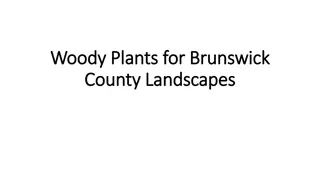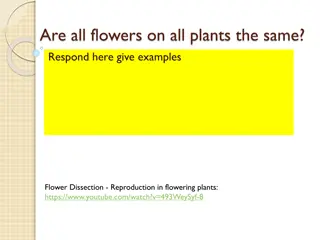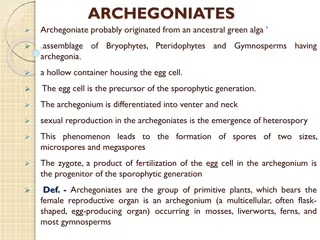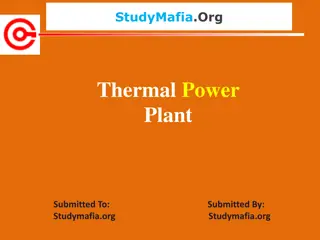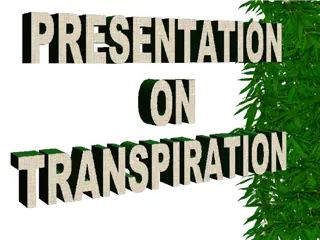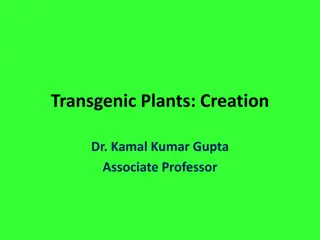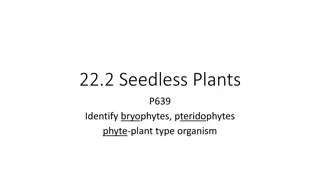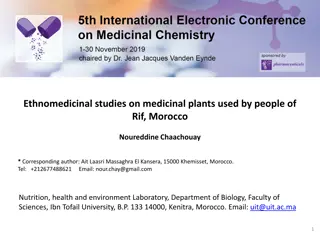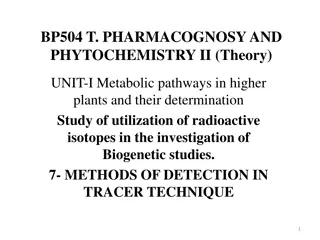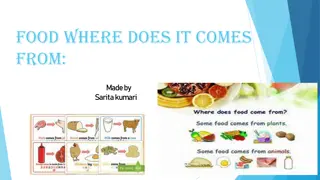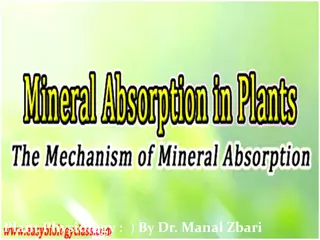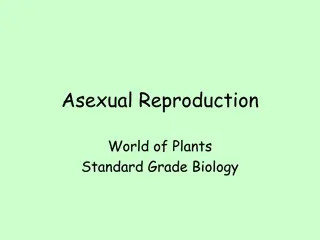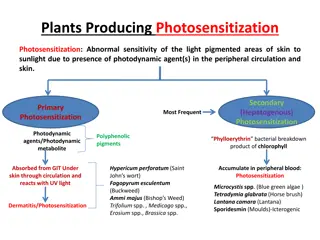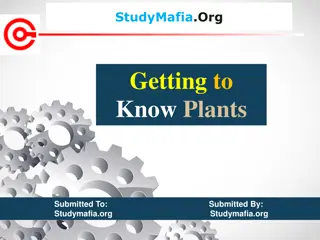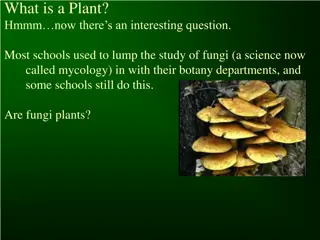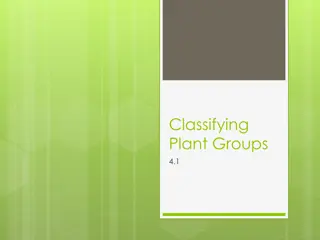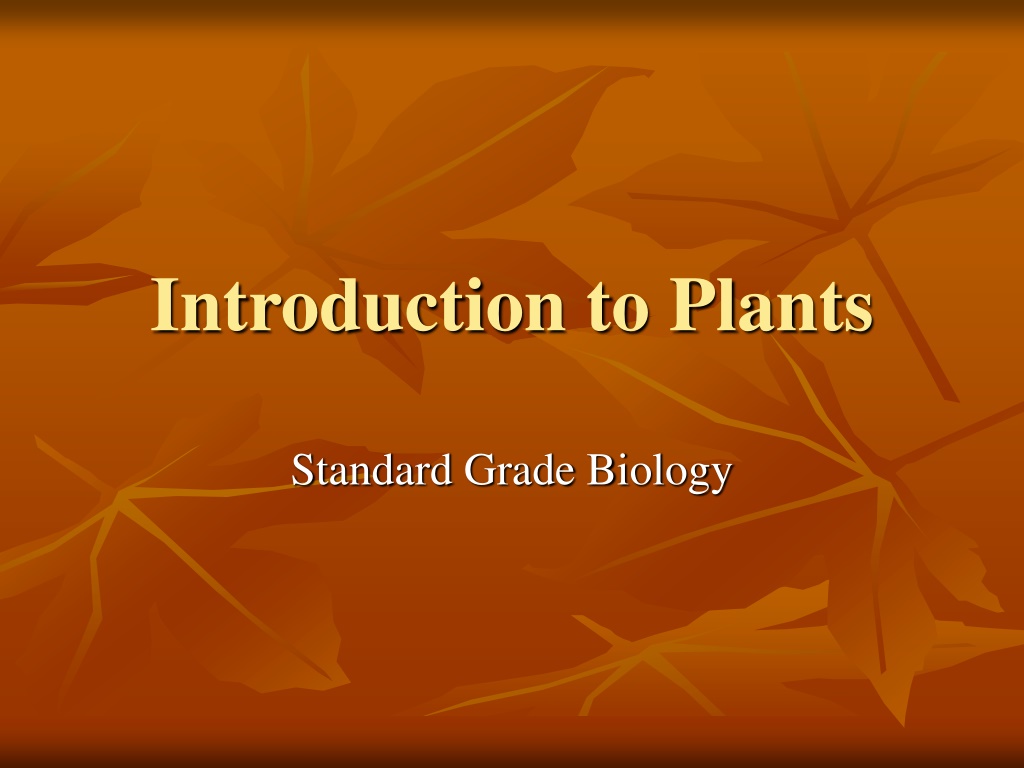
Exploring Plants: Reproduction, Parts, and Functions
Discover the fascinating world of plants through images and descriptions showcasing how they reproduce sexually and asexually, their flower parts and functions, and examples of different plant species. Dive into the botanical realm and enhance your understanding of plant biology.
Uploaded on | 0 Views
Download Presentation

Please find below an Image/Link to download the presentation.
The content on the website is provided AS IS for your information and personal use only. It may not be sold, licensed, or shared on other websites without obtaining consent from the author. If you encounter any issues during the download, it is possible that the publisher has removed the file from their server.
You are allowed to download the files provided on this website for personal or commercial use, subject to the condition that they are used lawfully. All files are the property of their respective owners.
The content on the website is provided AS IS for your information and personal use only. It may not be sold, licensed, or shared on other websites without obtaining consent from the author.
E N D
Presentation Transcript
Introduction to Plants Standard Grade Biology
Reproduces sexually Larch Larch cone containing seeds
Reproduces sexually Ash Tree Seed cases known as keys
Has flowers Nettle Also reproduces asexually vegetative propagation
Marsh Buttercup Has flowers Also reproduces through vegetative propagation Reproduces sexually and asexually
Parts of a Flower Petal Style Stigma Anther Filament Stamen Ovary Ovule Nectary Flower stem Sepal
Flower Part Petal Part Function These are used to attract insects into the flower, they may have guidelines on them and be scented. Is covered in a sticky substance that the pollen grains will stick to. It raises the stigma away from the ovary to decrease the likelihood of pollen contamination. It varies in length. Ovules are produced inside this. Stigma Style Ovary Ovule This will become a seed once fertilisation has taken place. Stamen This is the collective name for the anther and the filament. Flower Stalk Gives support to the flower and elevates the flower for the insects. This is where a sugary solution called nectar is produced. Nectary Sepal These protect the flower whilst the flower is developing from a bud. This is the stalk of the anther. Filament Anther Pollen is produced here.
This powerpoint was kindly donated to www.worldofteaching.com http://www.worldofteaching.com is home to over a thousand powerpoints submitted by teachers. This is a completely free site and requires no registration. Please visit and I hope it will help in your teaching.




